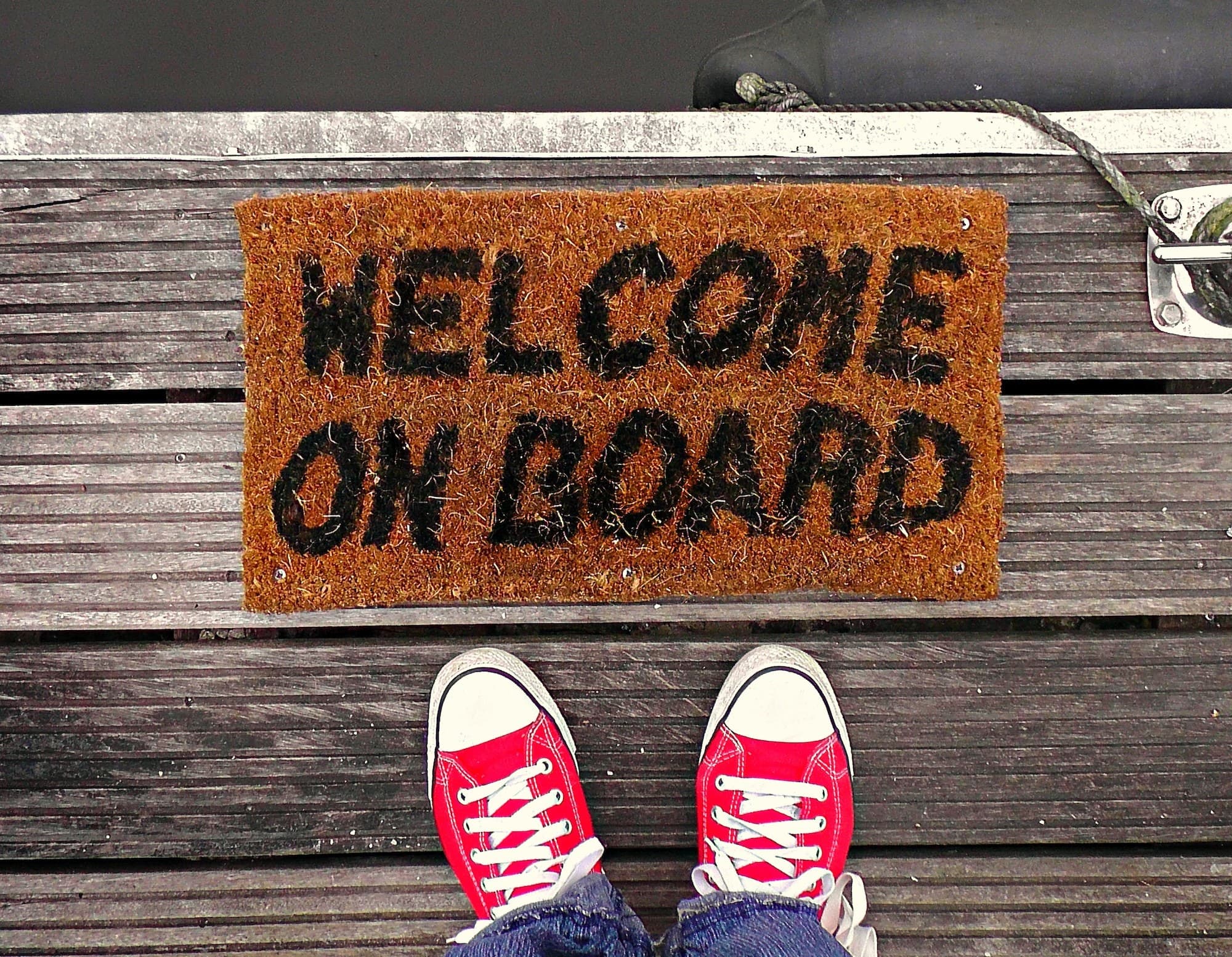“So, how was your time quarantined with your family?” will soon become the most asked question as organizations start to bring remote employees back to the workplace. And this is an important question. Your employees have been through a traumatic event and will need to share their thoughts and stories, as well as learn to be back in a shared workspace, in whatever way the “new” shared workspace will look.
The point of this is to realize that the reintroduction to the workplace is something worthy of approaching with great thought and intention. Moving employees quickly from the workplace to their houses was to respond to the immediate COVID-19 threat. Moving them back, if back is part of your intentional workplace strategy, must be more intentional, planned, and responsive.
Get used to the words “re-enter” or “re-boarding.” Both refer to the process of bringing employees back to their workplace. Though guidance seems to change on a daily basis regarding when we can all “get back to normal,” there’s an opportunity for you to take advantage of making the return to the workplace a positive and celebrated one. Don’t be caught ill-prepared.
Here are some ideas of how to do this well.
Create a plan
As with any successful initiative, having a plan will be important to its success. Create a task force comprised of management, HR, and employees to determine what a return to the workplace could look like. Consider questions like: What would be a great welcome? What would not be received well? What elements of the return to the workplace will require additional oversight or planning to handle the sudden increased activity? What are our employees feeling? What are their concerns and challenges with being back in the workplace? What are they excited about in their return to the workplace? Keep in mind that the plan should be defined and ready to go before you start to share the information with the team. Showing that the organization has and is working on a plan will help employees feel more secure in their return.
Be responsive to their emotional side
Everyone has been through some tough times, so it’s more important now than ever before that the organization is aware of the human side of talent. Re-boarding isn’t just about getting people back to work. It is about creating a process for them to reconnect to work, the workplace, and their peers. They will want, and will need, to share their stories, feel heard and hear what others have been through. They want and need to feel like they matter. Ensure your plan allows for employees’ humanity.
Make it an event
Re-boarding can be a “corporate policy” or it can have some energy, excitement, and personality. This is a return of your greatest asset: your people. You are welcoming them back. Consider what others have done to welcome veterans home from their service, to welcome home a cancer survivor, to welcome home a student who was studying abroad, or was away at college. Any of these can start your thought process to create your re-boarding process that makes a profound, caring, and personalized impression on your employees.
Remember, as an organization, you are always working to create an exceptional employee experience because it drives engagement, productivity, performance, and retention. Stand in their shoes. What would it take to make them feel glad to be back in the workplace, reconnecting with others in a safe and meaningful way? What would it take to remind them that regardless of what happens in their world, your organization is watching, planning, and responding in a way that matters for them and their families?
Consider how your re-boarding strategy will help your employees want to return to the workplace and ease into a new and better normal.
